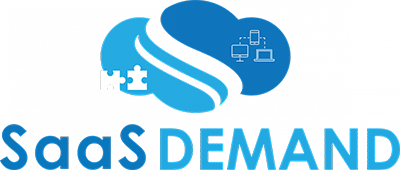Organizations today collect terabytes or even petabytes of diverse data from both internal and external sources. Much of it is produced in the cloud.
One approach gaining popularity for modern data management and analytics is to utilize a cloud data platform—a single integrated platform available on the cloud that houses diverse data and provides services such as a data warehouse, data lake, analytics, governance, and/or administrative tooling.
This checklist by TDWI (Transforming Data with Intelligence) and sponsored by Snowflake will cover:
- An introduction to the cloud data platform and several important requirements
- How it can help improve productivity, provide agility across workloads, and shorten time to value
- How it provides one place to store and access data for analytics and other use cases
- Details into the multiple workloads and data types a cloud data platform can support
- How data can be stored in the warehouse or in a data lake, across multiple nodes and both can be part of the same platform

































































